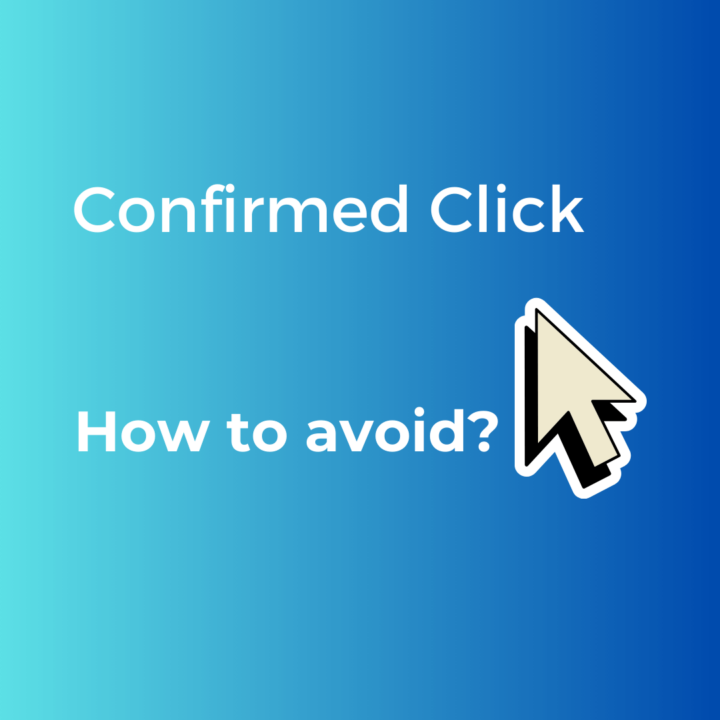Click-through rate (CTR) is a key performance indicator in programmatic advertising. For publishers, it not only reflects ad engagement but also influences demand partner relationships, fill rates, and long-term revenue potential.
Unfortunately, some resort to CTR manipulation—intentionally inflating ad clicks through deceptive practices. While it may yield short-term gains, it can trigger severe consequences: demand partner bans, payment deductions, and even blacklisting.
This guide breaks down what publishers should not do, why these tactics are dangerous, and how to maintain healthy CTRs while safeguarding your reputation.
1. Understanding CTR in Programmatic Ads
In programmatic advertising, CTR measures the percentage of users who click on an ad after viewing it: CTR= (Ad Impressions/Ad Clicks) × 100
- High CTR is generally good, indicating relevant ads and engaged audiences.
- Unnaturally high CTR often signals fraud, accidental clicks, or manipulation.
Why it matters for publishers:
- Demand partners and SSPs (Supply-Side Platforms) monitor CTR patterns for anomalies.
- Abnormal spikes can trigger traffic audits and result in suspensions.
2. Risky CTR Manipulation Tactics to Avoid
2.1 Misplaced and Deceptive Ad Placement
- Ad units accidentally aligned with site nav or buttons (e.g., “Download”) create misclick opportunities.
- Programmatic networks flag such deceptive placements as UX violations.
2.2 Misleading Creative Elements
- Buttons or overlays that mimic site functionality are designed to trick users into clicks.
- These tactics damage advertiser trust and violate ad policies across networks like Google Ad Manager and Prebid.
2.3 Bots, Click Farms & Automated Scripts
- Using automated clicks or paying humans to inflate CTR is click fraud.
- Ad tech platforms analyze click behavior, IP clusters, and timestamps—making detection and penalties highly likely.
- Wikipedia defines click fraud as advertisers being charged for non-genuine clicks.
2.4 Incentivized Ad Clicks
- Offering rewards—like bonuses or access—for ad clicks.
- This is a direct violation across most ad platforms due to incentivizing non-intentional engagement.
3. How Demand Partners Detect CTR Manipulation
Programmatic platforms use fraud detection algorithms to spot suspicious CTR activity:
- Geo anomalies: Unusual CTR spikes from certain regions.
- Session duration mismatch: High CTR with very short session times.
- Click timing patterns: Multiple clicks occurring within milliseconds.
- IP and device clustering: Many clicks from the same IP/device in a short time frame.
Once flagged, your inventory can be suspended immediately without notice.
4. Consequences of CTR Manipulation
- Payment Deductions: SSPs may deduct traffic labeled as invalid from earnings.
- Inventory Suspension: Demand partners blacklist publishers for suspected fraud.
- Reputation Damage: Advertisers avoid platforms with a history of invalid traffic.
- Legal Ramifications: CTR manipulation can be construed as fraudulent and carry heavy fines or legal consequences.
For a deeper look at maintaining healthy ad performance metrics, read Ad Format Optimization Techniques: The Ultimate Guide for Publishers.
5. Ethical Alternatives to Boost CTR
| Strategy | Description |
|---|---|
| Optimize Placement for Viewability | Use in-content, responsive ad units placed within natural reading flow. |
| Improve Ad Relevance | Align ads with article intent and use DCO (Dynamic Creative Optimization). |
| Enhance UX and Page Speed | Faster pages increase meaningful engagement, reducing accidental clicks. |
| Use A/B Testing | Test headlines, formats, and placements via Ad Manager experiments. |
| Implement Rich Media | Interactive content (video, expanding ads) can boost intentional engagement. |
| Improving genuine engagement | Refining ad placements, using engaging formats, or recovering revenue from blocked impressions. For example, monetizing adblock traffic can help to tap into otherwise lost opportunities without violating advertiser trust. |
These tactics enhance CTR organically, foster trust, and deliver lasting revenue growth.
6. Final Thoughts
In programmatic ads, trust is currency.
Short-term CTR manipulation may seem tempting, but it risks everything—your earnings, partnerships, and brand integrity. The safest route is to deliver genuine value to advertisers by fostering a high-quality, engaged audience.
By avoiding these tactics and focusing on sustainable optimization, publishers can grow revenue without crossing ethical or policy lines.





